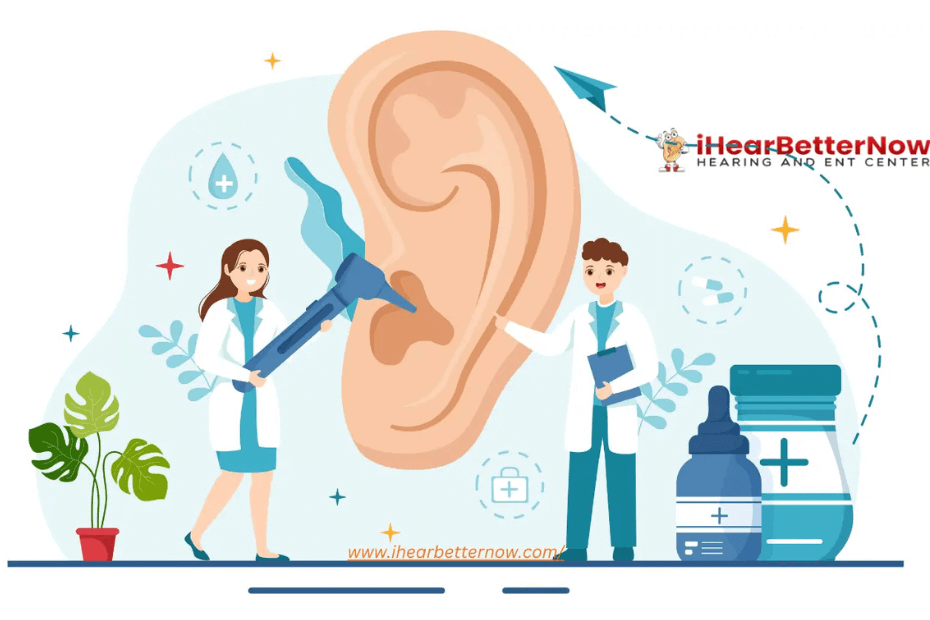Earwax build-up occurs when your body produces more earwax than necessary or when it doesn’t clear out naturally.
Earwax, scientifically known as cerumen, is a natural substance produced by your body. It plays a crucial role in protecting your ear canal by trapping dust, dirt, and other foreign particles, preventing them from reaching the delicate parts of your ear. However, when earwax accumulates excessively, it can lead to a host of problems, including discomfort and even hearing loss. If you’ve noticed a feeling of fullness in your ears or muffled sounds, it might be time to take action. Here are five compelling reasons to address your earwax build-up today:
1. Understanding Earwax Build-Up
This can happen for various reasons, including the shape of your ear canal, the use of earplugs or hearing aids, and even certain medical conditions. When earwax builds up, it can create a blockage in the ear canal, leading to discomfort, pain, and difficulty hearing. It’s essential to understand that while earwax is beneficial, too much of it can cause problems.
2. Signs of Trouble
Paying attention to the warning signs of earwax build-up is crucial. Some common symptoms include itching, a feeling of fullness in the ear, ringing in the ears (tinnitus), and even ear pain. In severe cases, excessive earwax can cause temporary hearing loss, dizziness, and balance issues. Ignoring these signals might lead to more serious issues down the line, such as infections or damage to the ear canal. If you experience any of these symptoms, it’s important to take action promptly.
3. Impact on Hearing
Imagine enjoying your favorite music or TV show, only to find that you can’t hear it clearly due to earwax build-up. This is not just a minor inconvenience—it can significantly affect your overall quality of life. Hearing is a vital sense that connects us to the world around us, and any disruption can be frustrating and isolating. Regular check-ups with a healthcare professional can help prevent earwax build-up from reaching a point where it impacts your hearing. Early intervention is key to maintaining optimal ear health and ensuring you can enjoy life’s sounds without interruption.
4. Professional Help is Key
While some people may attempt at-home remedies to remove earwax, it’s crucial to seek professional help for a safe and effective solution. Ear, Nose, and Throat (ENT) specialists have the proper tools and expertise to manage earwax build-up without risking injury to your ear. Using cotton swabs, for example, can push the wax further into the ear canal and cause more harm than good. ENT specialists can perform ear irrigation, micro suction, or manual removal techniques to clear the blockage safely. Consulting with a professional ensures that the procedure is done correctly and reduces the risk of complications.
5. Your Ears Deserve the Best
Just like you wouldn’t ignore regular dental check-ups, your ears need the same attention and care. Prioritizing ear health is essential, especially if earwax build-up is affecting your daily life. Regular ear care can prevent issues before they become problematic. This includes avoiding the use of cotton swabs and being mindful of any signs of trouble. If you experience symptoms of earwax build-up, don’t hesitate to consult with a specialist and ensure your ears stay in top shape. Taking proactive steps to address earwax build-up could be the key to clearer hearing and a better quality of life.
In conclusion, addressing earwax build-up promptly and effectively is essential for maintaining good ear health. By understanding the causes and symptoms, seeking professional help, and prioritizing regular ear care, you can prevent discomfort and protect your hearing. Your ears play a vital role in your overall well-being, so give them the attention they deserve. Clearer hearing and an improved quality of life are just a consultation away. Don’t wait—take action today!
